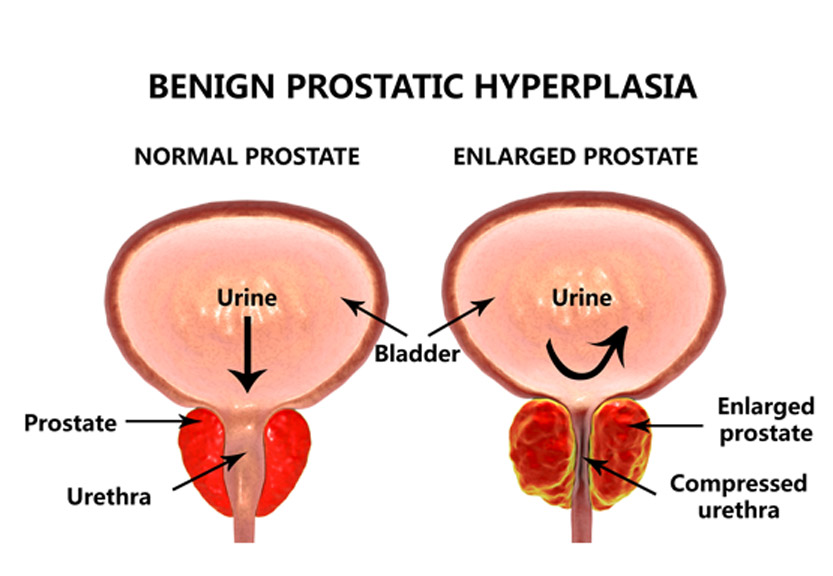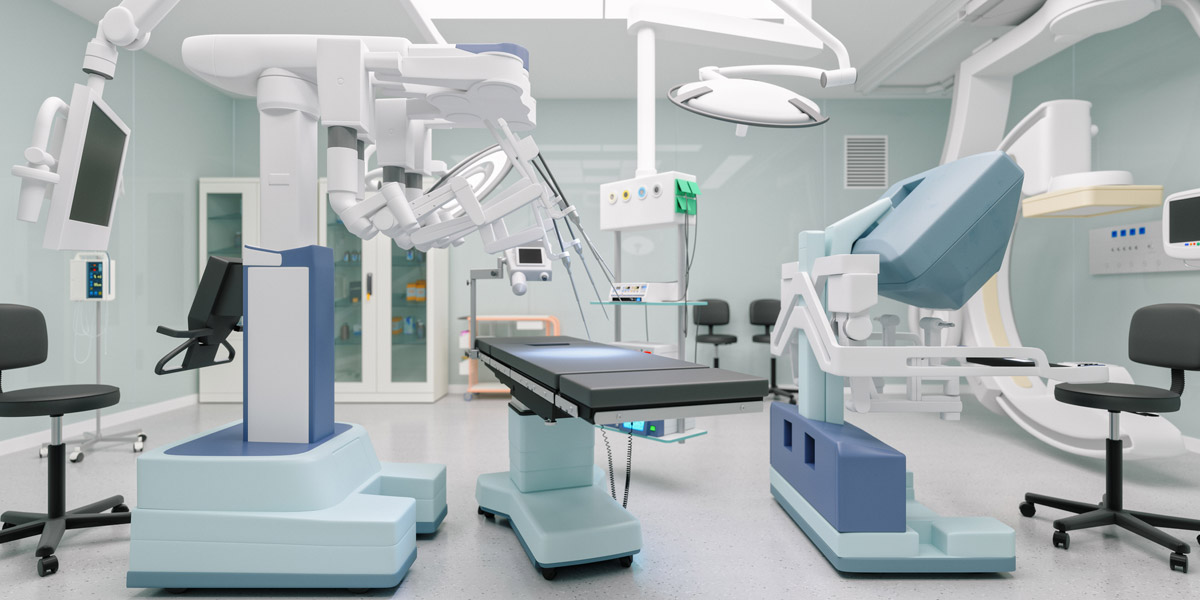

In some cases, simple prostatectomy may be recommended for men with severe urinary symptoms and very enlarged prostate glands, a condition known as benign prostatic hyperplasia, or BPH. Simple prostatectomy can be performed as a minimally invasive procedure with robotic assistance. Dr. Lee has pioneered a technique of simple prostatectomy done robotically.
Simple prostatectomy to treat BPH typically removes just the diseased part of the prostate that’s blocking the flow of urine. The surgery alleviates urinary symptoms and complications caused by blocked urine flow, including:
- A frequent, urgent need to urinate
- Difficulty starting urination
- Slow (prolonged) urination
- Inability to urinate
- Increased urination frequency at night
- Urinary tract infections
- Interrupted flow while urinating
- The feeling that you can’t completely empty your bladder
How to Prepare For Surgery
Before surgery, the urologist may want to do a test that specifically measures your prostate and to measure urine flow. Patients will be provided detailed instructions on what to do before surgery.

What to Expect During The Procedure
Unlike a transurethral resection of the prostate (TURP), which is performed through a scope inserted through the urethra, a simple prostatectomy is performed through the abdomen by making six small incisions and then removing the inside of the prostate, or the adenoma, rather than shaving it.
This is possible because the prostate consists largely of an outer firm layer called the capsule, and the inner tissue called an adenoma. There is usually an easily appreciable plane between the two that allows for easy dissection of the adenoma and complete removal. A catheter is left in place in the bladder and this will be removed at a office visit a few days later. Men are usually discharged the same day of the procedure.
How You May Feel
In general, we encourage men to walk as much as possible the day following the operation. You may feel tired for the first few weeks. However, most men who are working can return to work within two weeks and then resume unrestricted activities after three weeks. The bothersome urinary symptoms are usually improved right away after catheter removal, and there is no more need of any BPH medications.
If you have been diagnosed with BPH and would like to find out if you are a suitable candidate for robot simple prostatectomy, contact the office of Dr. David Lee to schedule an appointment.
